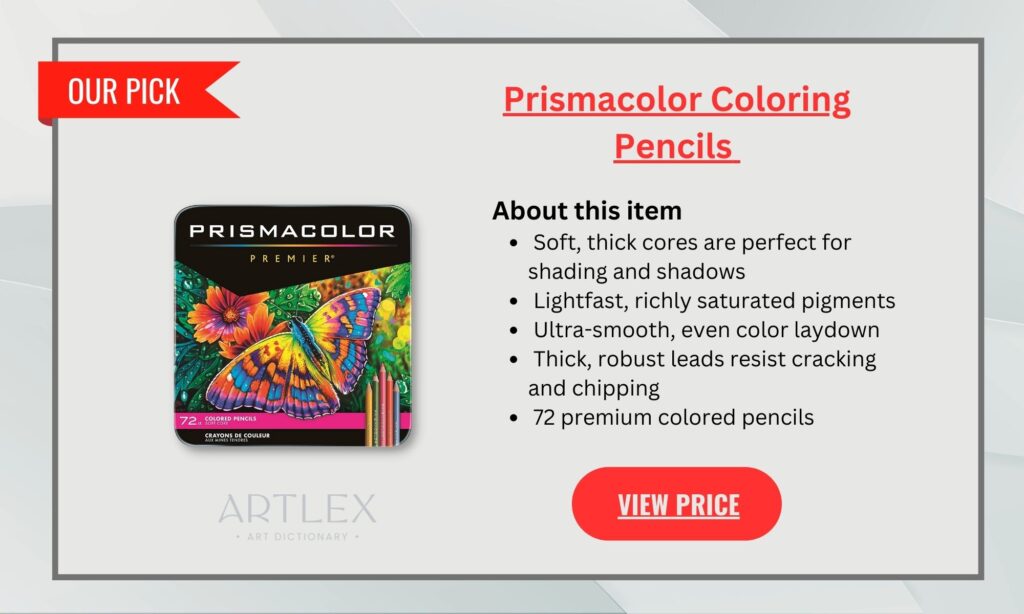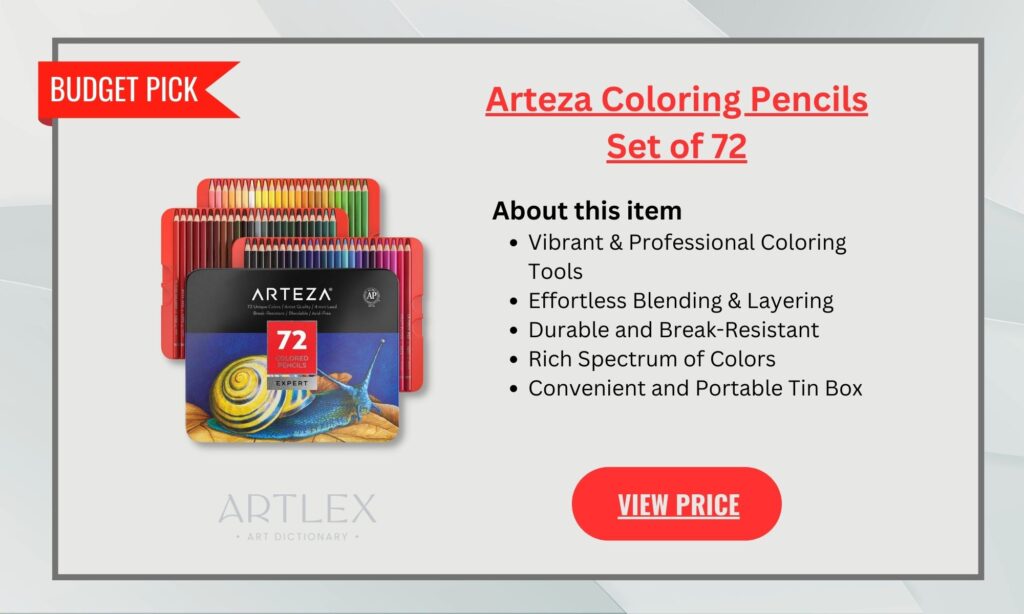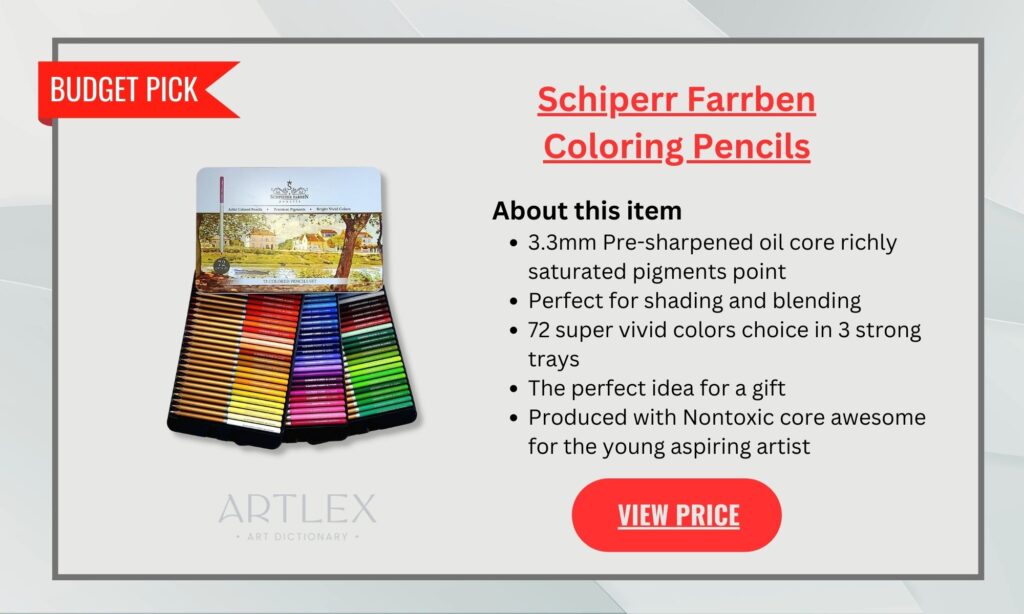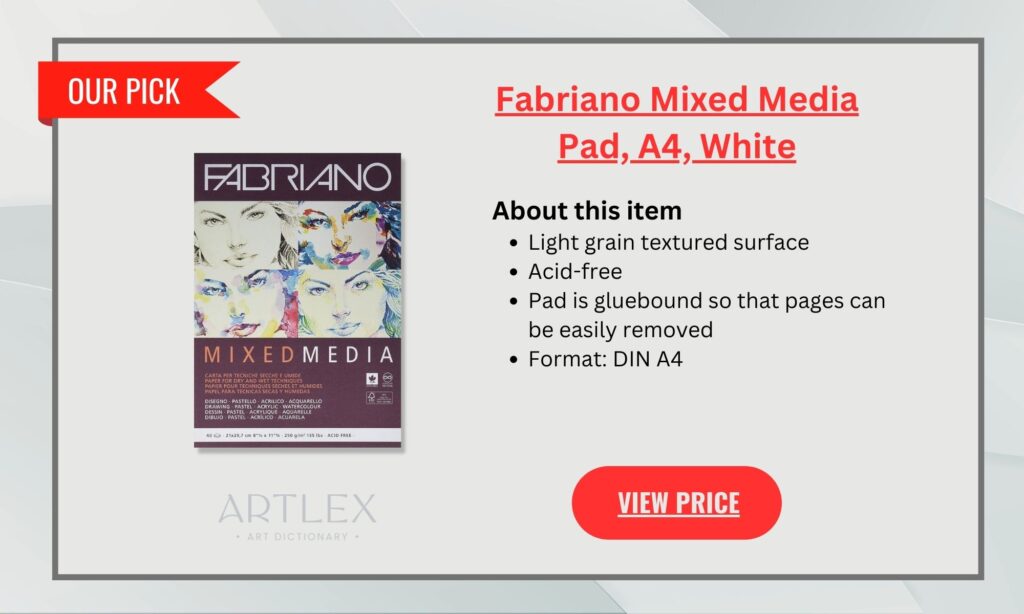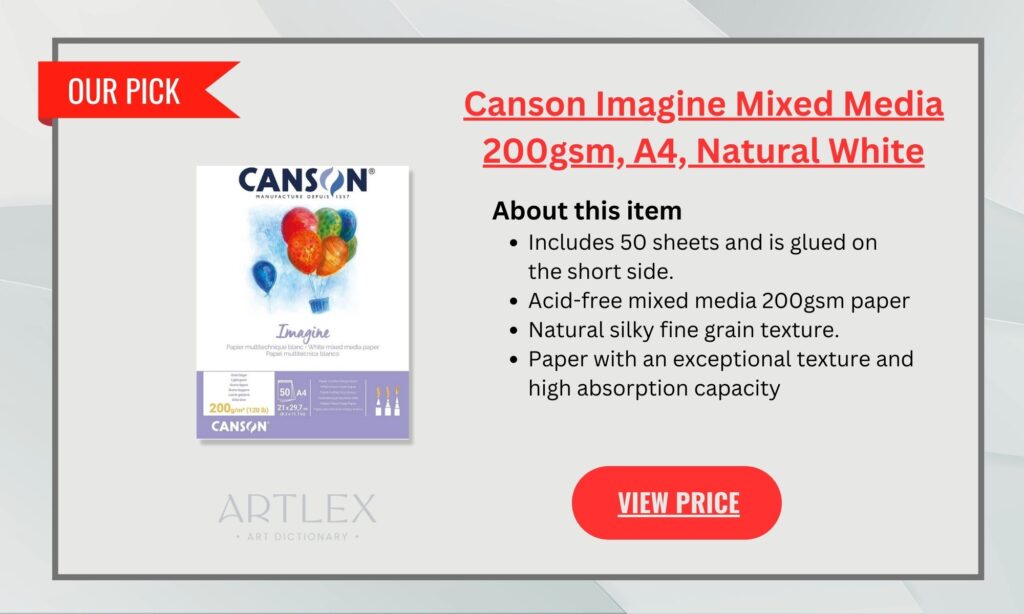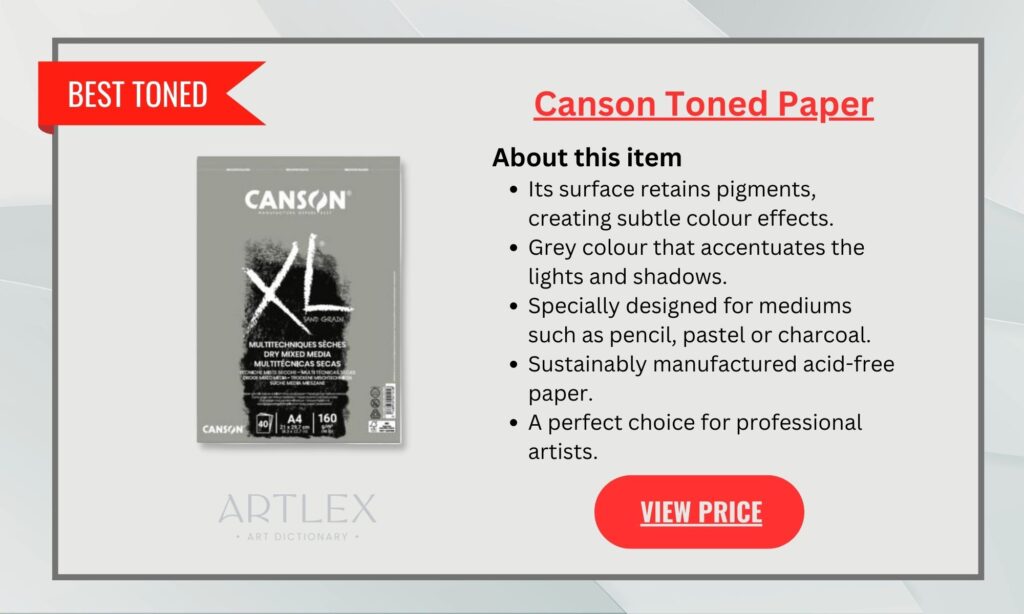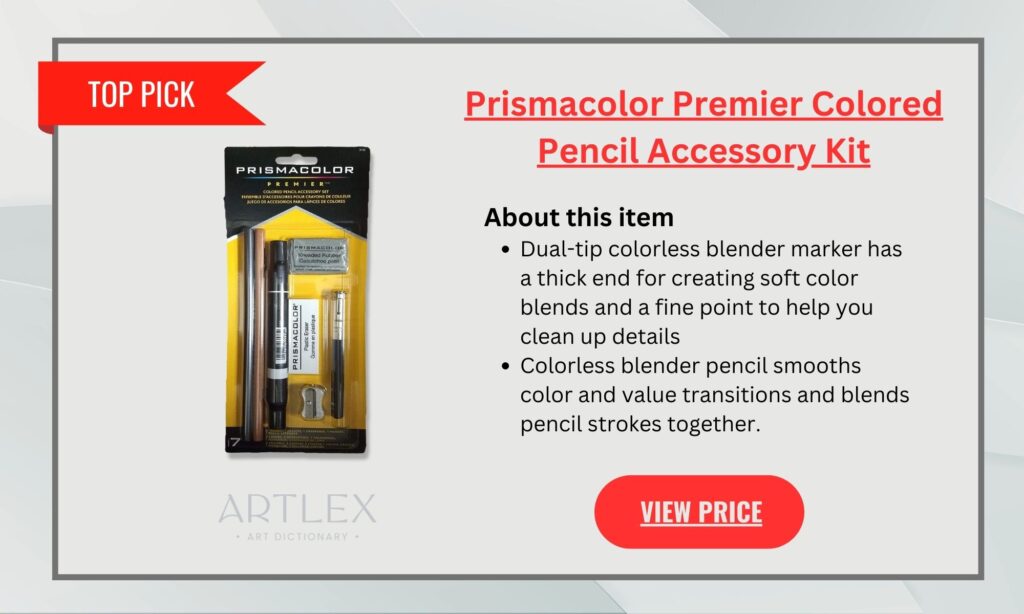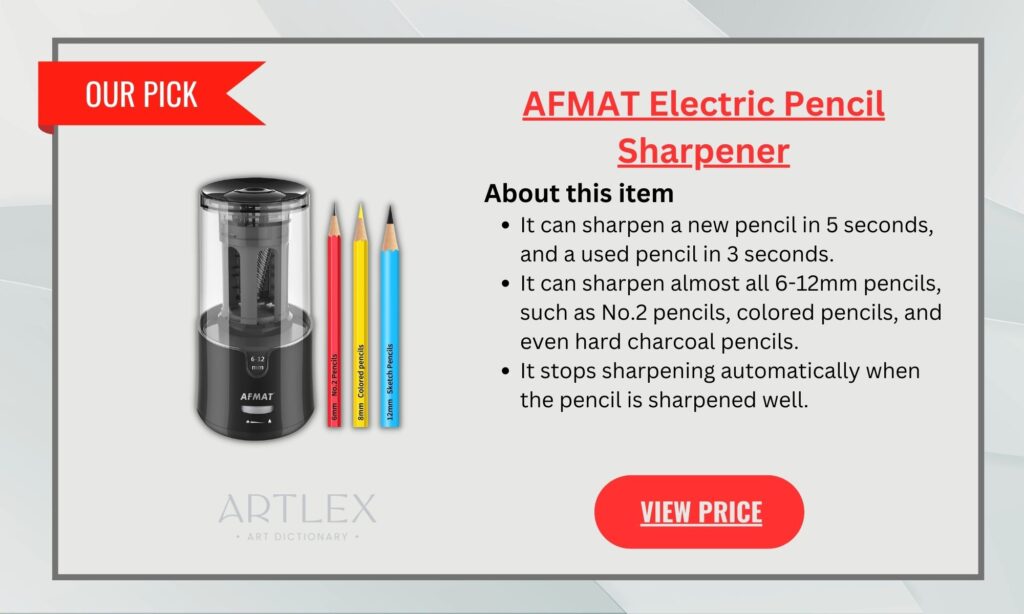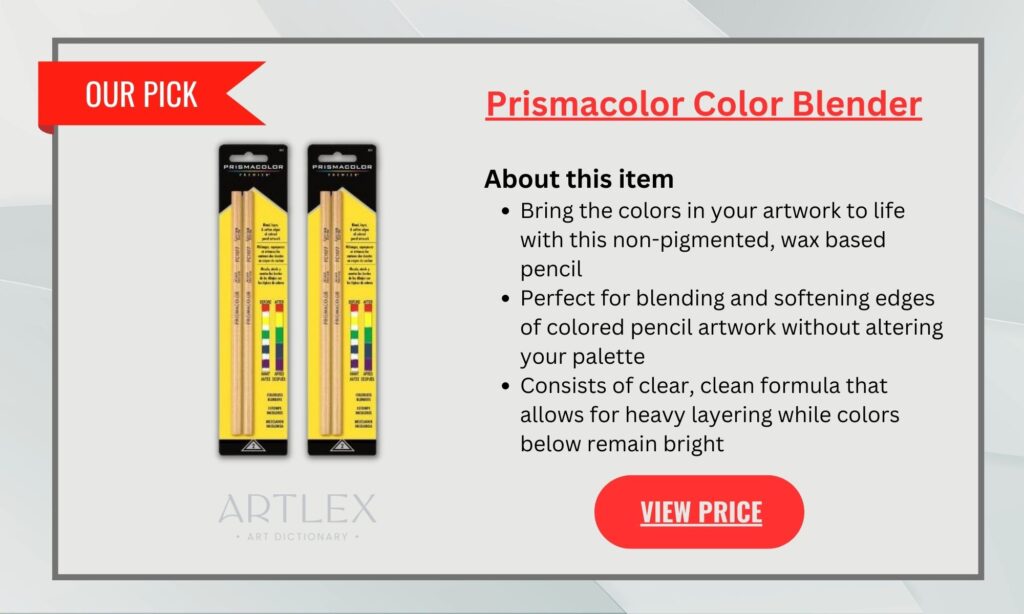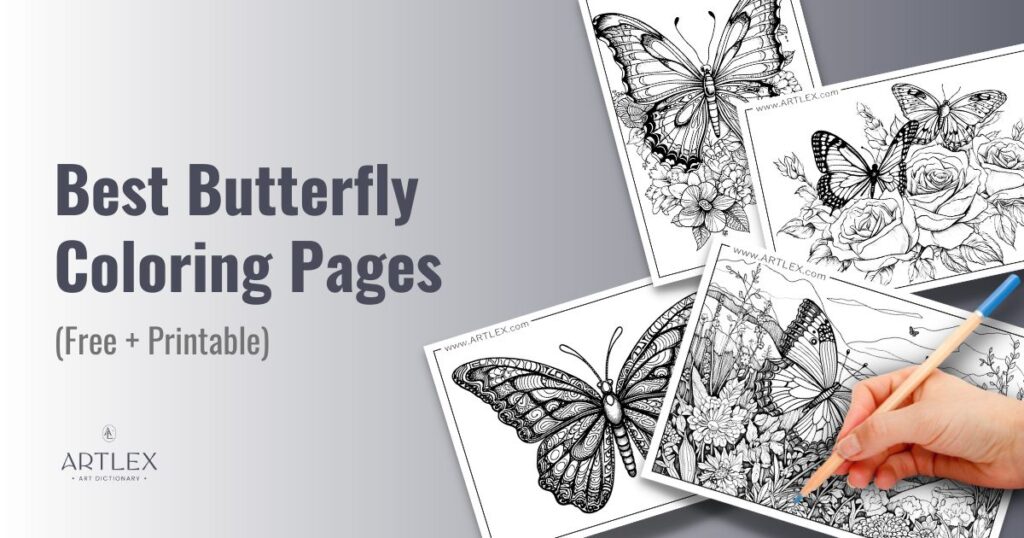
Butterflies are one of the most fascinating creatures in the world, with their intricate wing patterns and graceful flight they have captured the attention of painters, poets, and artists of any kind.

These delicate insects are beloved by people of all ages and due to their life cycle, they are often associated with transformation and renewal. With their vibrant colors and unique designs, butterflies provide endless inspiration for artists and nature lovers alike. If you’re a fan of these beautiful insects and love to color, this is your lucky day!
In this article, you’ll find a variety of butterfly coloring pages along with color schemes, tips, and tricks you can use in your coloring process.
So grab your coloring tools and let’s immerse into the colorful world of butterflies!
Recommendations
Now, let’s talk about some tips for a stress-free coloring experience.
- Before you get started, make sure to choose a well-lit and comfortable space to work in. It’s also important to select appropriate coloring pages and supplies, including the right coloring tools and paper.
- Since our coloring pages are very high quality, you’ll be able to print them on any surface your printer supports. You can use thicker paper as well as cardstock or even watercolor paper. If you’re feeling adventurous, you can also print on paper that supports gouache or acrylic paint.
- We don’t advise you to paint with wet mediums (watercolors, gouache, inks) if you’re printing with an inkjet printer since the inks are dye-based and not resistant to water; on the other side, if you have a laser printer, then you’ll have nothing to worry about.
Take your time and remember to relax and have fun while you color – this is supposed to be a fun and therapeutic activity, so don’t stress and enjoy!
Now, let’s talk colors!
There are almost no limits for butterflies regarding colors, we’ve prepared a few suggestions
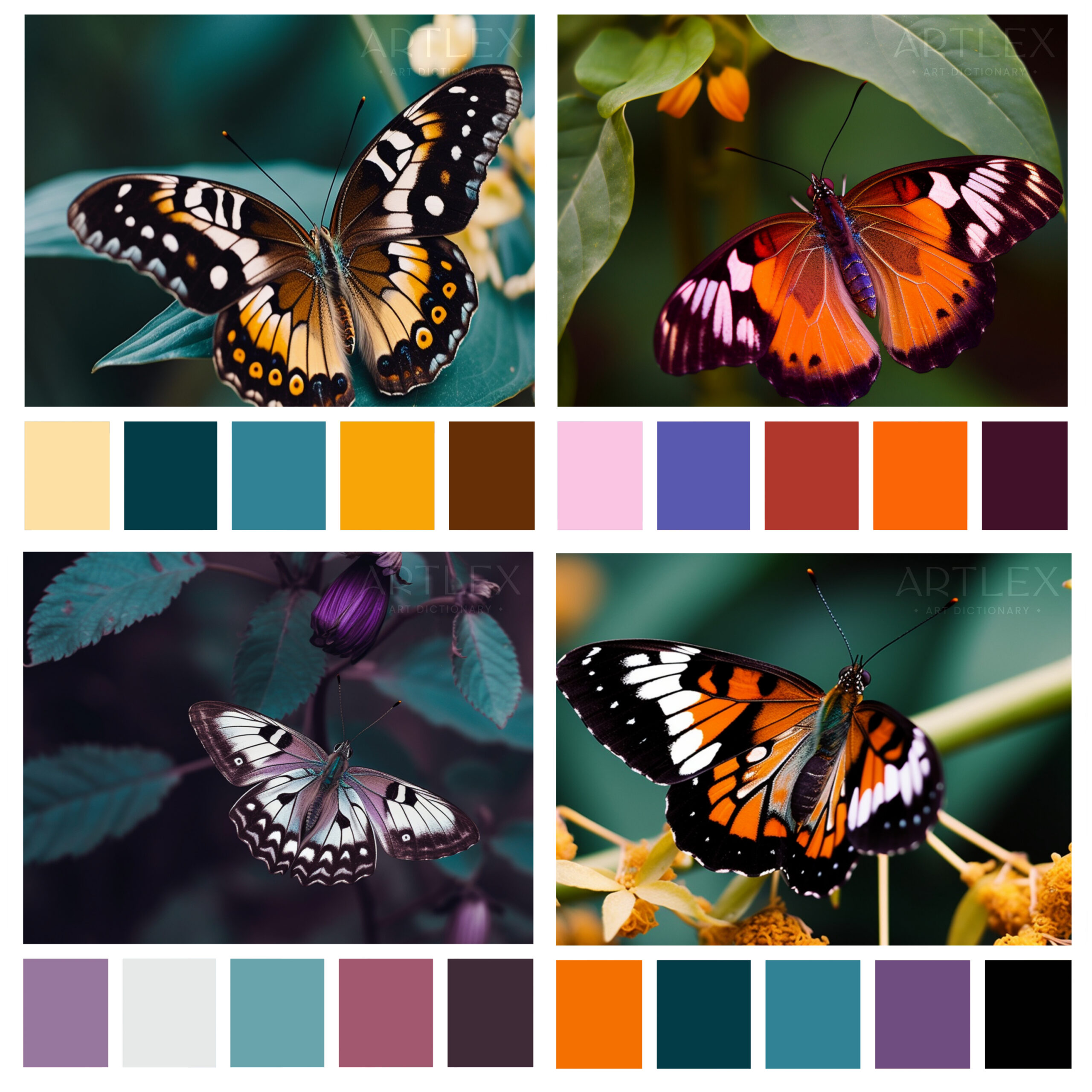
- Butterflies usually have bright and vibrant colors, so don’t be afraid to use bold shades like bright orange, hot pink, electric blue, and sunny yellow. These colors will make your butterfly stand out from the background. Use colors such as deep blue and dark brown to add contrast to your butterfly and create a very appealing visual effect.
- Butterflies come in all colors, so you can also use earthy color schemes. Try using shades of brown, green, and beige for the butterfly’s body, and soft, muted blues, purples, and pinks for the wings. You can add contrast using black for the darkest parts of the wings or add a few sparks of color with saturated teal or mustard yellow.
- For a unique twist, try using a monochromatic color scheme for your butterfly coloring pages. Pick a color you like, such as blue or orange, and use different shades of it to create a stunning and cohesive coloring page.
- Create a beautiful gradient effect on your butterfly coloring pages by blending different shades of the same color or using analogous colors of different values. Start with a light shade at the top of the wings and gradually darken it as you move toward the bottom.
- For a bold and striking color scheme, try using complementary colors on your butterfly coloring pages. Pair colors like blue and orange, or purple and yellow to create a vibrant and eye-catching page.
Some additional tips to keep in mind:
- Create texture effects on your butterfly by using different techniques like cross-hatching, stippling, or scribbling. This will add a nice effect and make them more visually interesting. You can also color your butterfly normally and add these effects to the background, This will make your butterfly pop and create an interesting effect of depth.
- To add some special effects to your dragon coloring pages, try using glitter or metallic pens to add a touch of sparkle. You can also use glow-in-the-dark or UV-reactive markers to create a unique and eye-catching effect.
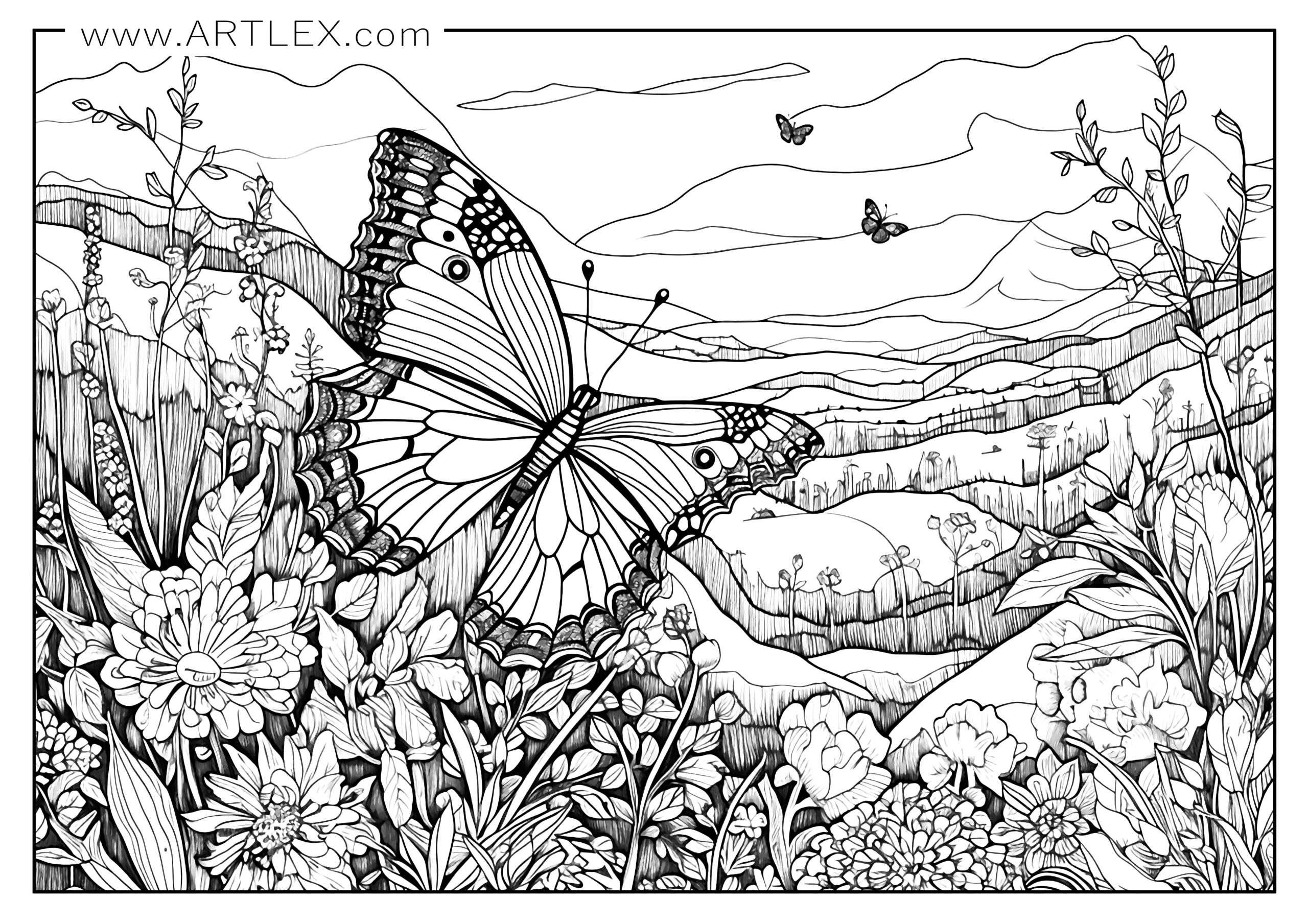







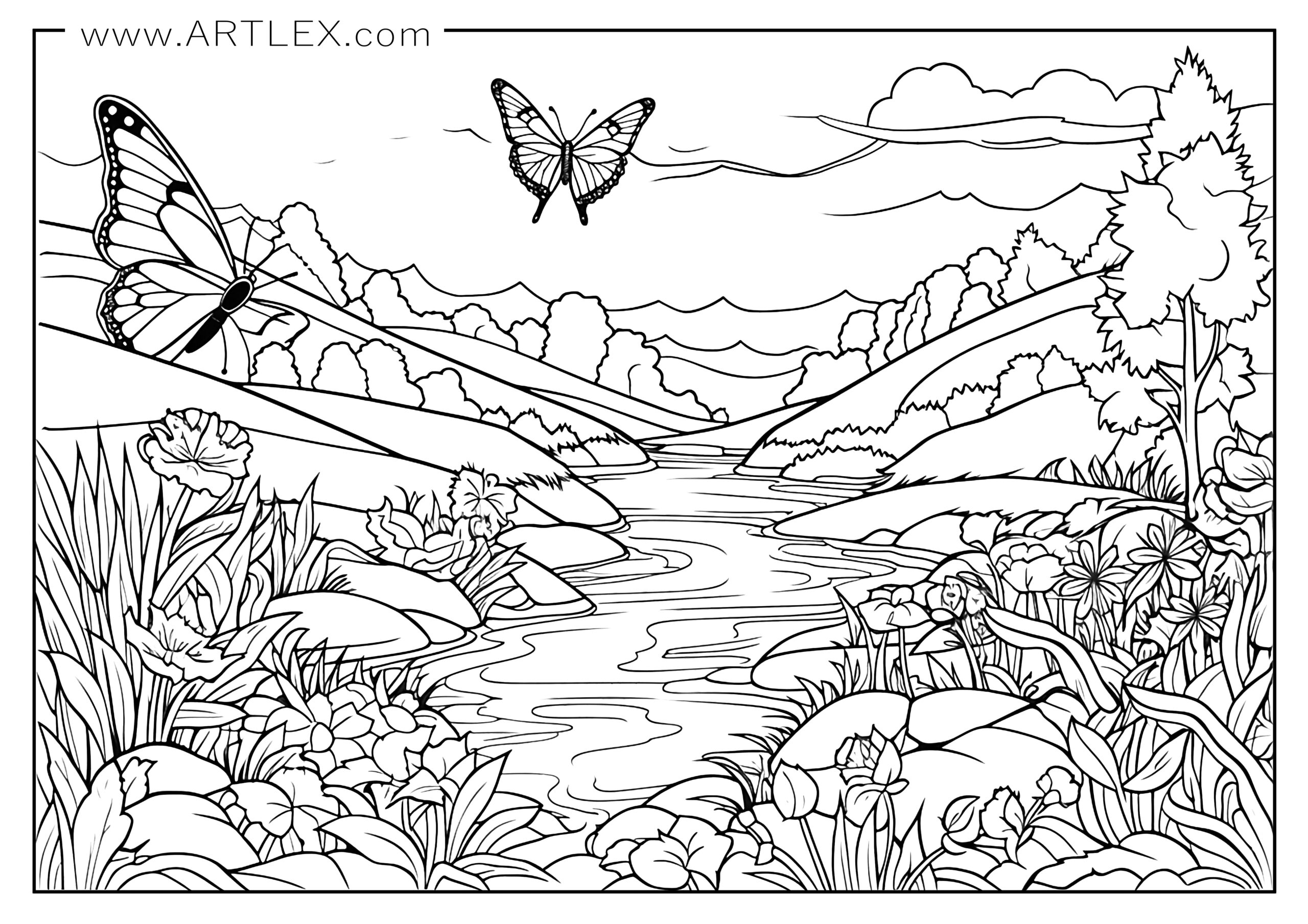



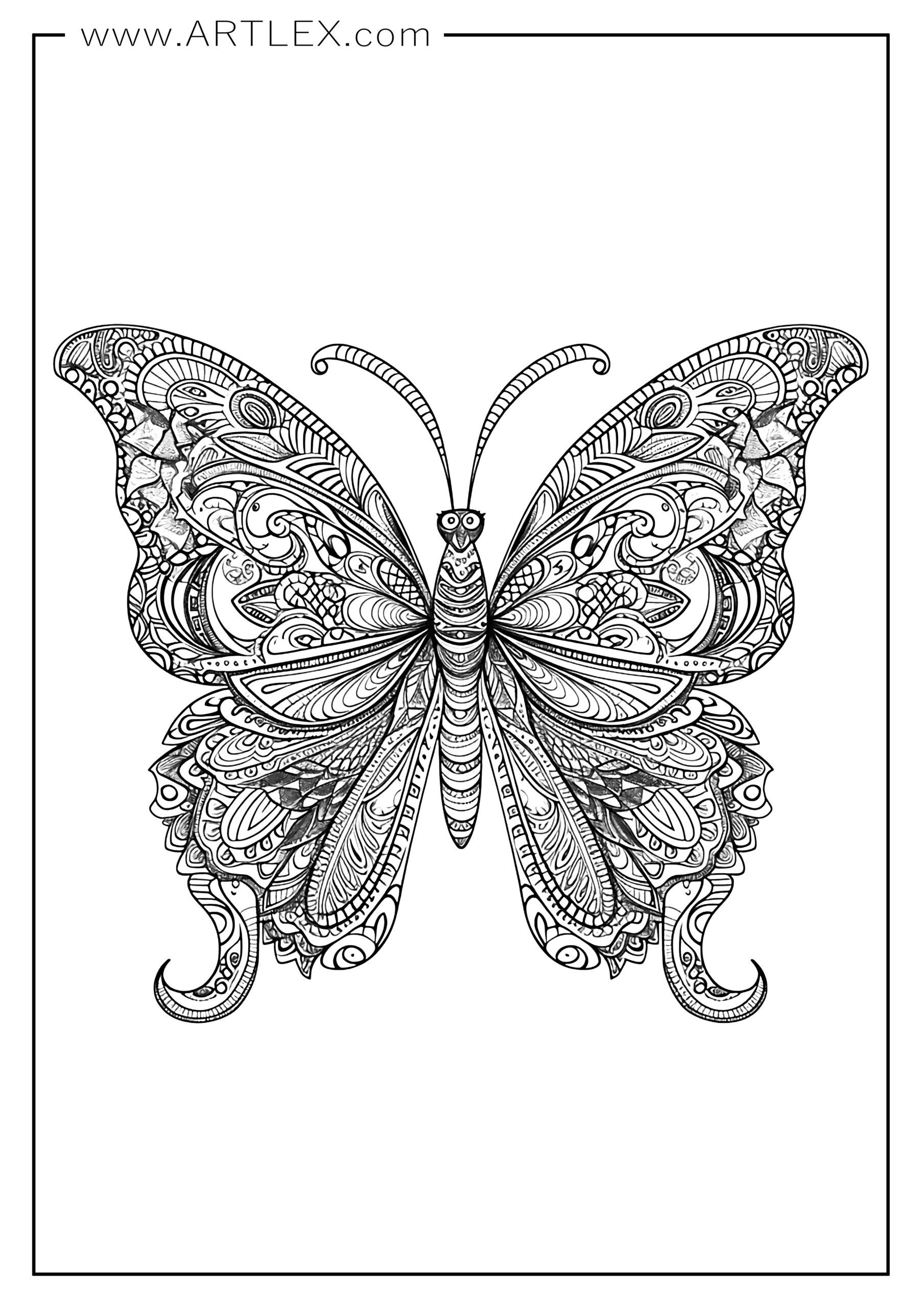


When it comes to choosing the right materials, there are a variety of options to consider, that’s why we’ve prepared a selection of recommended materials so you can enjoy your coloring journey even more. Although many say that having better supplies won’t make you a better artist, it for sure can improve your experience a lot!
Good art supplies will take away most of the frustration and lack of control bad art supplies have and will make your work look much better, with brighter, more intense colors, will last more, and are a delight to use.
Here is a list of recommended materials and brands:
Coloring Pencils:
Everybody knows that there is nothing better than Prismacolor, they have the softest coloring pencils, the most intense pigments, and the highest quality, however, they are quite expensive as well. Because of that, we’ve prepared two alternatives that will give you the best results without hurting your pockets as professional colored pencils would.
Paper for Coloring
You don’t need special paper for coloring, however the experience of coloring on paper that is more resistant, that has texture or that grand the pigments better is something I suggest you try. There are many types of paper for art, each one made with a specific medium in mind, however, there is also an “all-in-one” paper where you can try different mediums and experiment all you want without worrying. These two brands have great quality and are not as expensive as other professional brands. Remember, if you are going to use any kind of “wet” medium, make sure you’re printing with a laser printer.
Coloring on top of white paper can affect how our brain perceives values and colors, so it’s always recommended to try toned paper. The gray tones on the paper will give your brain a base that is neutral and will force it to work with colors differently. You will learn about value and your coloring pages will look amazing with a darker background.
Accessories:
We couldn’t forget about all the accessories you need to bring your coloring to the next level! You don’t have to buy them all, of course, however, we do recommend you get the color blender and the electric eraser or the electric sharpener if you don’t have a good sharpener at home.
Colored pencils and markers are great for traditional coloring and fine detail work, while watercolor pencils allow for a more fluid and blended look. If you’re feeling adventurous, try using markers and gel pens to add bold and vibrant colors to your pages.
And remember, with the right color palettes and supplies, you can bring your coloring pages to life. So grab your coloring tools and get started today!
Happy Coloring!

